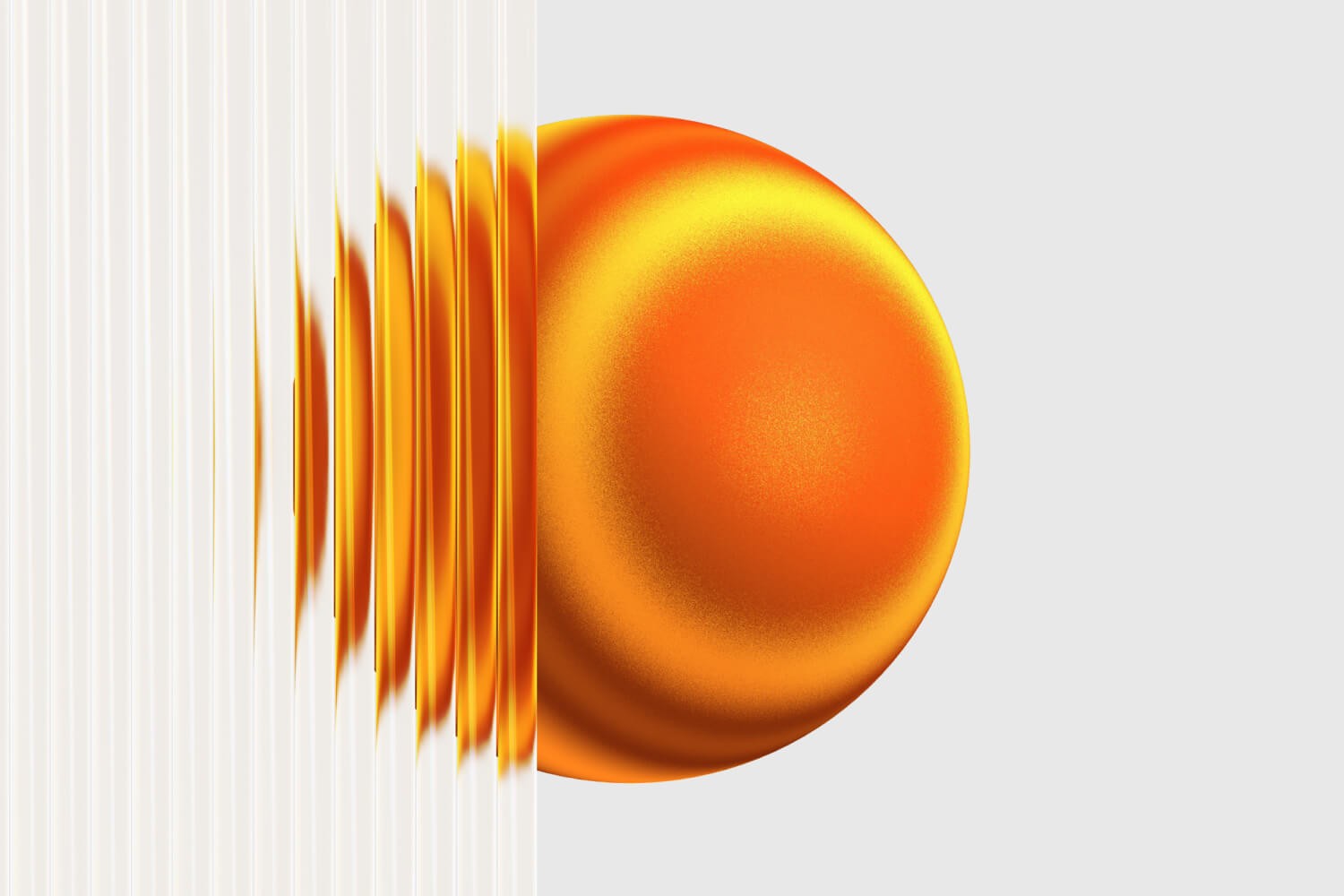Motion graphics have become a cornerstone of modern digital media, providing dynamic and engaging ways to communicate ideas, tell stories, and captivate audiences. From advertising and social media content to film and television, the power of motion graphics is undeniable. To understand how to create truly impactful motion graphics, we’ve gathered insights from industry experts who share their tips and best practices.
Concept & Preparation
According to renowned motion designer Jessica Walsh, the foundation of any compelling motion graphic is a strong concept. “Your idea should drive the animation, not the other way around,” she explains. “Spend time brainstorming and sketching out your concepts before diving into software. A clear, innovative idea will guide your creative decisions and ensure your work stands out.”
James Curran, known for his playful and vibrant animations, emphasizes the importance of storyboarding. “Storyboards help you visualize the sequence of events and plan transitions,” Curran notes. “They act as a blueprint for your project, saving you time and preventing unnecessary revisions later on.”
Industry veteran Andrew Kramer of Video Copilot stresses the need for mastering the basics. “Understanding the principles of animation, such as timing, spacing, and easing, is crucial,” he says. “These fundamentals apply to everything, whether you're creating a simple logo animation or a complex scene.”
Timing and pacing are critical elements in motion graphics. Sarah Beth Morgan, a freelance motion designer, advises creators to be meticulous about the flow of their animations. “Pacing can make or break your animation,” she asserts. “Experiment with different speeds and pauses to find the rhythm that best conveys your message.”
"These fundamentals apply to everything, whether you're creating a simple logo animation or a complex scene."
Color and typography are powerful tools in motion graphics. Pablo Stanley, a designer known for his distinctive style, recommends using color to evoke emotions and guide the viewer’s eye. “Choose a color palette that enhances your message,” Stanley suggests. “Similarly, your typography should be clear and legible, supporting the overall aesthetic without overpowering the animation.”
Incorporate Design & Optimize
Sound design is often an overlooked aspect of motion graphics, but it can significantly enhance the viewer’s experience. Joey Korenman of School of Motion highlights the role of audio in creating immersive animations. “Sound effects and music add depth and realism,” he explains. “They can emphasize actions, set the mood, and keep viewers engaged.”
Different platforms have varying requirements and audience expectations. Beeple, an influential digital artist, advises tailoring your motion graphics to the specific platform. “Whether it’s Instagram, YouTube, or a website banner, consider the dimensions, duration, and user behavior,” he recommends. “Optimizing for the platform ensures your work looks professional and reaches its full potential.”
The field of motion graphics is constantly evolving, with new tools and techniques emerging regularly. Erin Sarofsky, founder of Sarofsky Corp., encourages continuous learning and experimentation. “Stay curious and don’t be afraid to try new things,” she says. “Attend workshops, follow industry leaders, and push the boundaries of your creativity.”
Conclusion
Creating impactful motion graphics requires a blend of creativity, technical skill, and thoughtful planning. By following these tips from industry experts, you can elevate your work and produce animations that resonate with your audience. Remember, the key is to start with a solid concept, master the basics, and never stop experimenting. The world of motion graphics is vast and exciting—dive in and make your mark!






